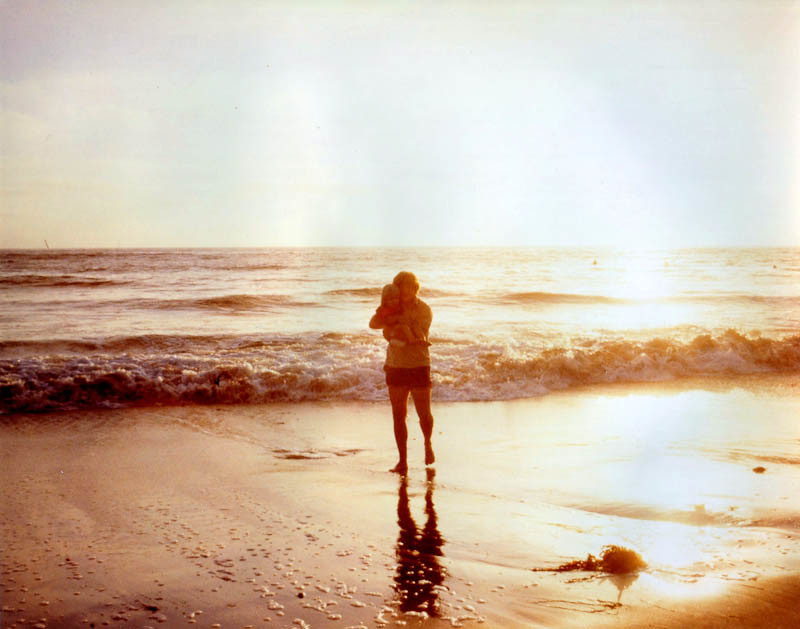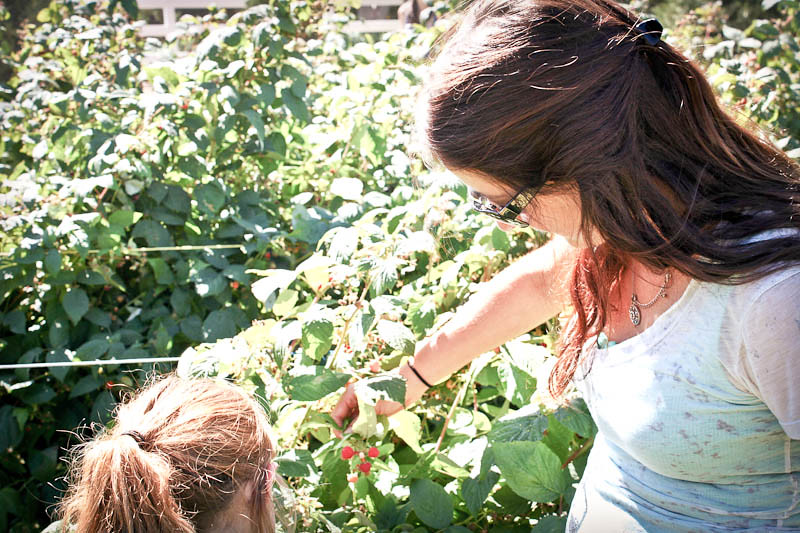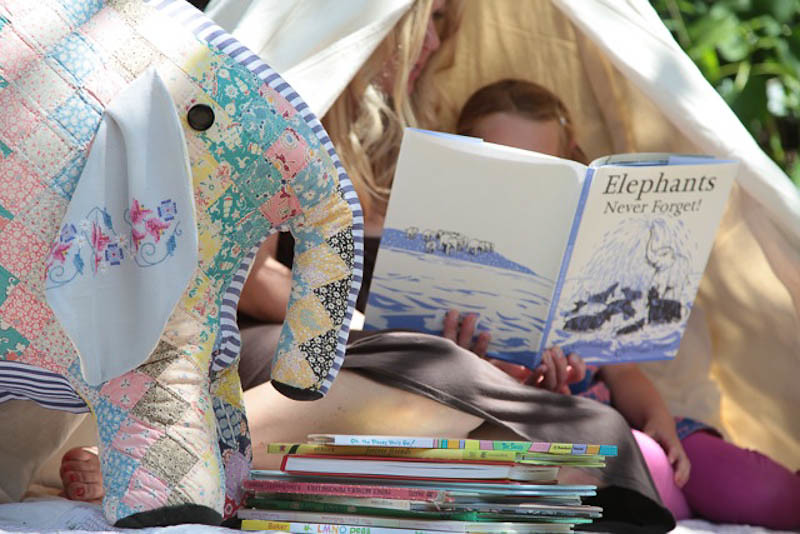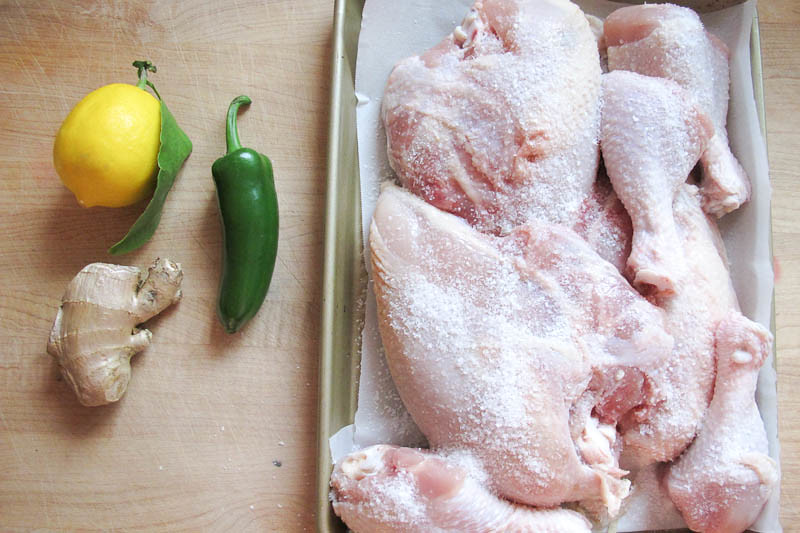
Please excuse me for photographing and posting a photo of raw chicken. Poultry is so gross to me, so much so that I haven't prepared it for a year, until recently when I read
An Everlasting Meal, a book that inspired me to get brave and start playing with the chipper chicken again. This way of preparing chicken and broth has been adapted by
Tamar Adler's thoughts on food in
An Everlasting Meal.
ingredients:
organic chicken in pieces {I have been getting one at TJ's that is around $12 it is 2-3 breasts and 4 legs}
1 jalapeño
1 three inch piece of ginger, cut in half
1 lemon, cut in half
1 8qt stock pot filled with water a little more then half full
Salt {I like
Morton's Kosher salt... I have some special salts that I love for an avocado, a poached egg or a juicy heirloom tomato but I have found that I love this salt for everyday cooking}
directions:
I find that this works best started the night before, but you could also do it the morning of if you forget. Lay your chicken out on a roasting pan and salt both sides liberally {this really is the secret}. Cover your chicken with plastic and stick in the fridge.
The next day I usually start the broth and chicken at nap time for dinner that night, but you can also start it an hour before dinner and then just let your broth cook down for the rest of the night {during dinner, dessert and a movie}. Let it cool, store it away and then go night night.
Okay back to the chicken. Whenever you want to start the process, give yourself 4 hours, start to finish {this is not labor intensive at all, pick a day that you are home and can let the stove cook away}, put all the ingredients in your pot of water. If there are large chunks of salt that haven't been absorbed I brush those off. Turn on your burner and get your pot to a good bubbling simmer.
The chicken will take about 40 minutes to cook. Remove the chicken once it is cooked and let it cool. Remove the lemon and let the pot continue to simmer. Once the chicken is cooled {basically cool enough that you don't burn your fingers} remove the skin and bones and throw them back in the pot. This chicken is wonderful alone and makes a lot for a couple meals. Try it with some salsa and rice, or in tacos, or in a green salad... the list goes on. All three of my boys love this chicken so much. As for the broth just let it cook down for a while.
At this point the broth probably has an hour or so. When it is time to turn it off, I let it cool and then strain it with a small rice strainer into a jar. It usually make about 2 cups of broth.*
The end.
*beware: the broth is different than what we are used to buying at the store. It is very gelatinous which is where the health benefits are {I learned this from another life changing book called
Nourishing Traditions by Sally Fallon}.






 Last week I took a hiatus and painted for 3 days with
Last week I took a hiatus and painted for 3 days with 
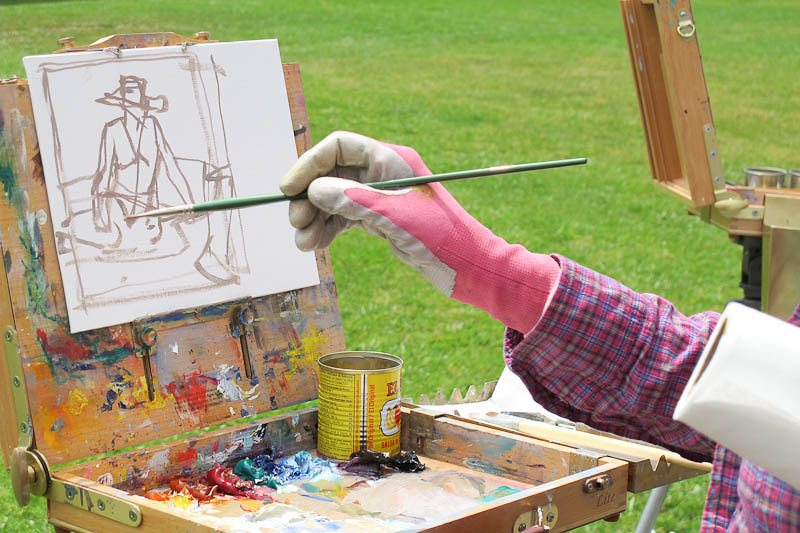
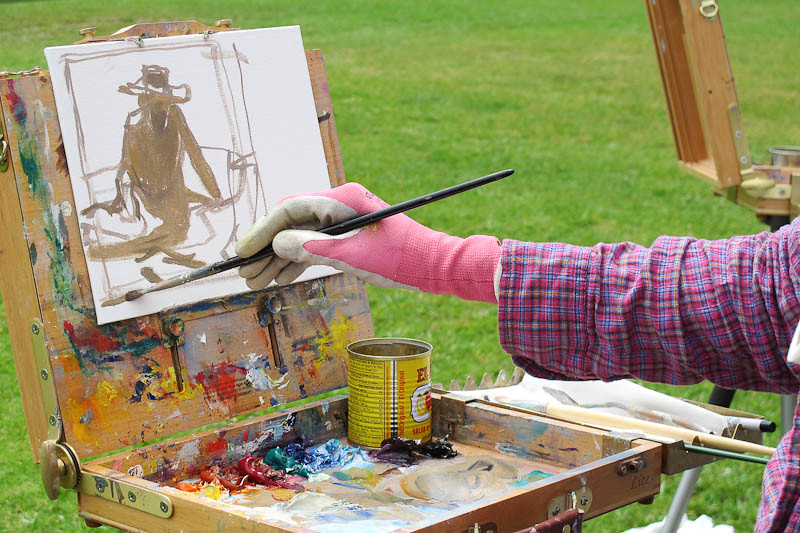



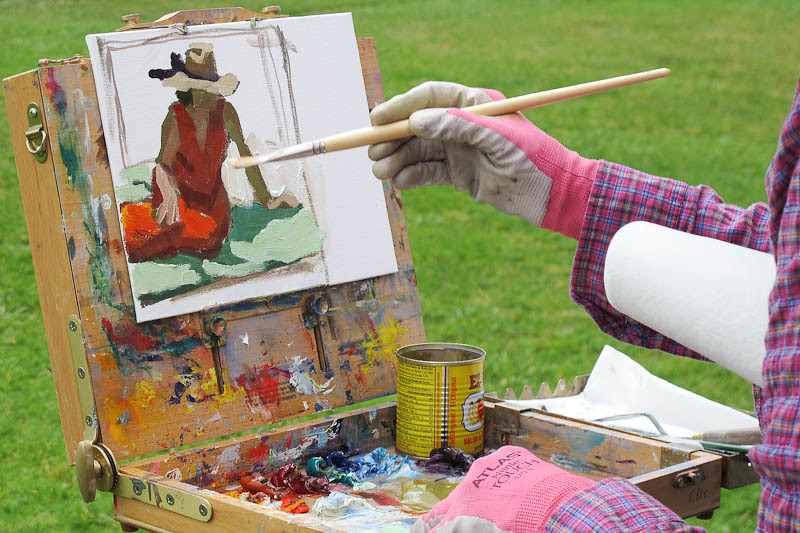
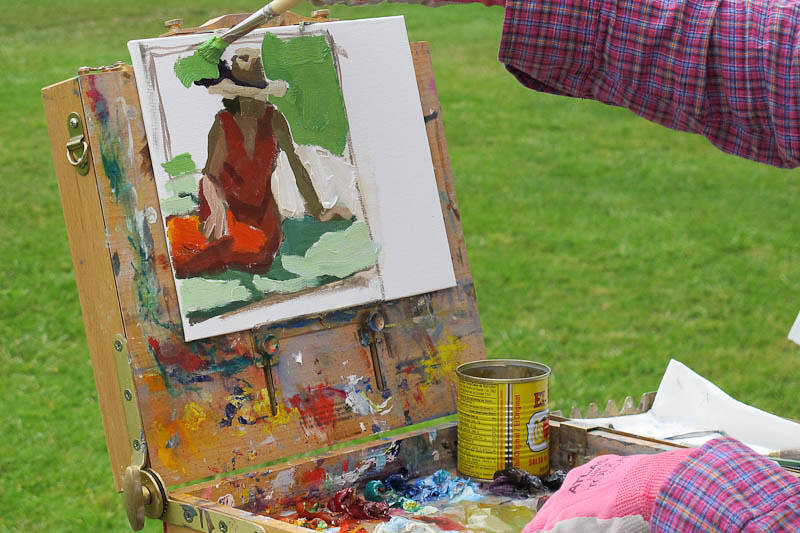
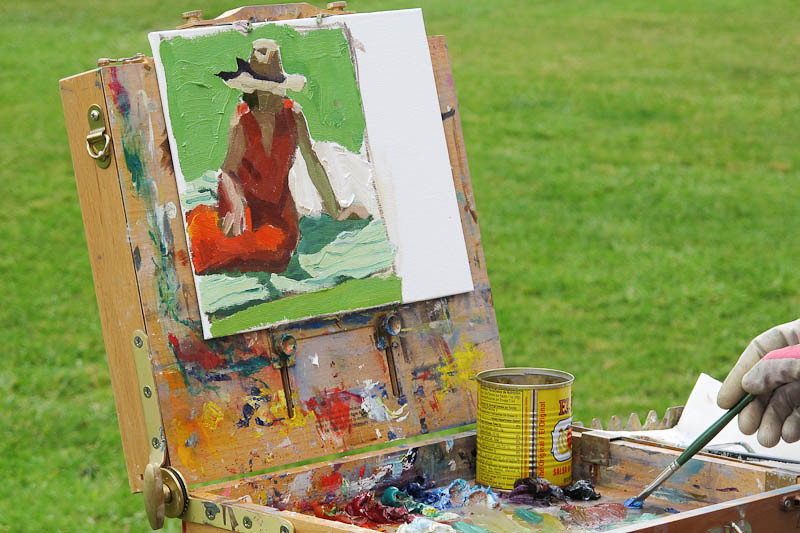
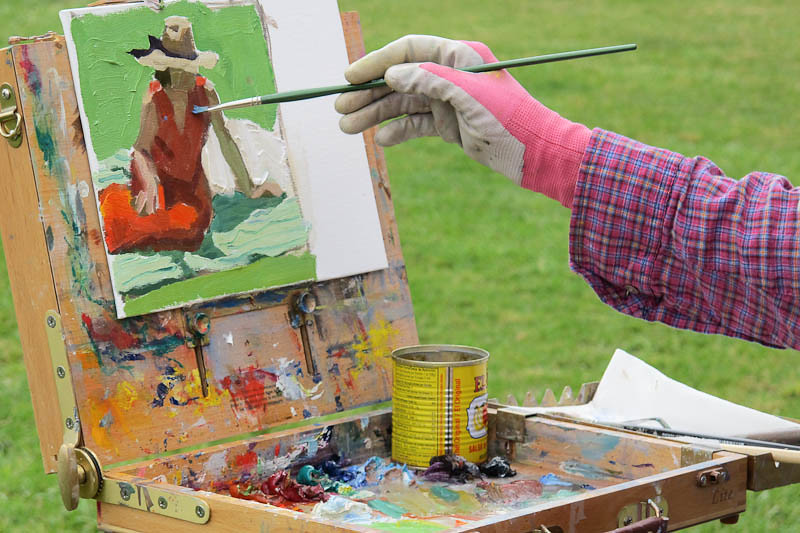
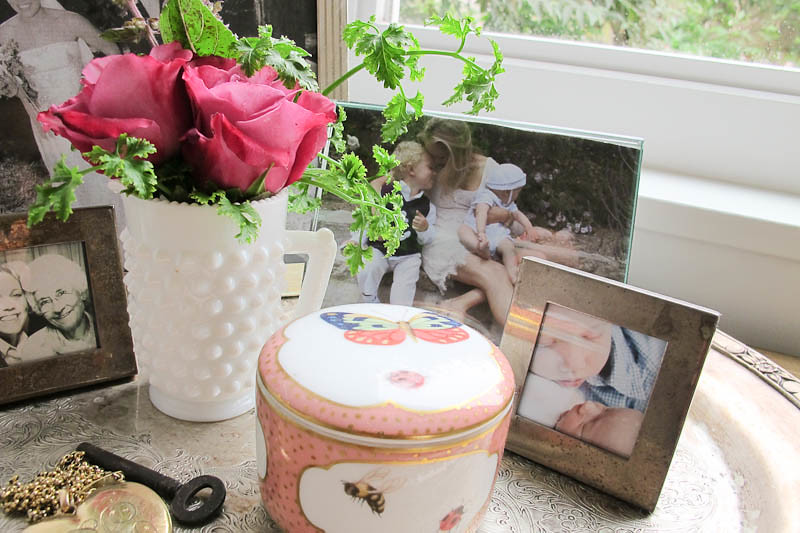 In the spirit of loving on our mommy's follow me over {or send your hubby over} to
In the spirit of loving on our mommy's follow me over {or send your hubby over} to 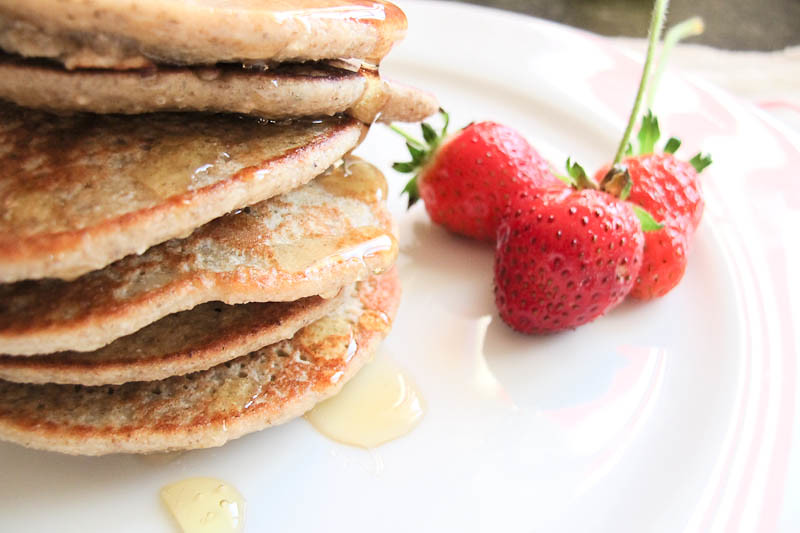 Inspired by
Inspired by  Please excuse me for photographing and posting a photo of raw chicken. Poultry is so gross to me, so much so that I haven't prepared it for a year, until recently when I read
Please excuse me for photographing and posting a photo of raw chicken. Poultry is so gross to me, so much so that I haven't prepared it for a year, until recently when I read  A few nights ago Ross and I went out sans kiddos. Bellied up to the bar across from us was a couple who I noted because of their overly indulgent use of their iPhones. No joke they were on their phones the entire time we had 2 beers and a burger. I overheard the women tell the bartender that they were on their honeymoon. At this point I couldn't help but continue to stare and in a self-reflective-freak-out I decided that the iPhone needs a bit of a "TIME OUT." I am guilty of this. Why do I need to look at my phone 40 times in 20 minutes? Why am I texting or Instagraming on the sofa while I'm watching a movie with my husband? Why do my boys wait for me to sit down at the table while I am finding the perfect filter. I am horrified to admit to these things but it is the truth.
And then this morning I read this,
A few nights ago Ross and I went out sans kiddos. Bellied up to the bar across from us was a couple who I noted because of their overly indulgent use of their iPhones. No joke they were on their phones the entire time we had 2 beers and a burger. I overheard the women tell the bartender that they were on their honeymoon. At this point I couldn't help but continue to stare and in a self-reflective-freak-out I decided that the iPhone needs a bit of a "TIME OUT." I am guilty of this. Why do I need to look at my phone 40 times in 20 minutes? Why am I texting or Instagraming on the sofa while I'm watching a movie with my husband? Why do my boys wait for me to sit down at the table while I am finding the perfect filter. I am horrified to admit to these things but it is the truth.
And then this morning I read this,  to make one refresher:
1 handful of fresh blueberries
3 springs of mint leaves {no stems}
1 tablespoon of simple syrup*
1/2 cup soda water
1/2 cup fresh squeezed OJ
Muddle the blueberries, mint and simple syrup. Add the soda water and OJ. Stir and enjoy. If it's past 4:30 {wink} add some vodka for something extra fresh.
*simple syrup is just one cup water to one cup sugar boiled down to a divine little elixir. Cooled and stored in your fridge for a morning espresso, cocktails or spritzers.
to make one refresher:
1 handful of fresh blueberries
3 springs of mint leaves {no stems}
1 tablespoon of simple syrup*
1/2 cup soda water
1/2 cup fresh squeezed OJ
Muddle the blueberries, mint and simple syrup. Add the soda water and OJ. Stir and enjoy. If it's past 4:30 {wink} add some vodka for something extra fresh.
*simple syrup is just one cup water to one cup sugar boiled down to a divine little elixir. Cooled and stored in your fridge for a morning espresso, cocktails or spritzers.
 Not sure what it is about jars - Ball, baby food jars, La Parfait, Weck, Ikea Fido Jars - I'm in love. Maybe it is the endless possibilities of what can go inside. I have everything from beans, to laundry detergent, to vintage stamps filling jars. In our kitchen I've been using the Ikea Jars to store all of our pantry items and I have started slowly collecting some La Parfait {side note: how dreamy are the
Not sure what it is about jars - Ball, baby food jars, La Parfait, Weck, Ikea Fido Jars - I'm in love. Maybe it is the endless possibilities of what can go inside. I have everything from beans, to laundry detergent, to vintage stamps filling jars. In our kitchen I've been using the Ikea Jars to store all of our pantry items and I have started slowly collecting some La Parfait {side note: how dreamy are the 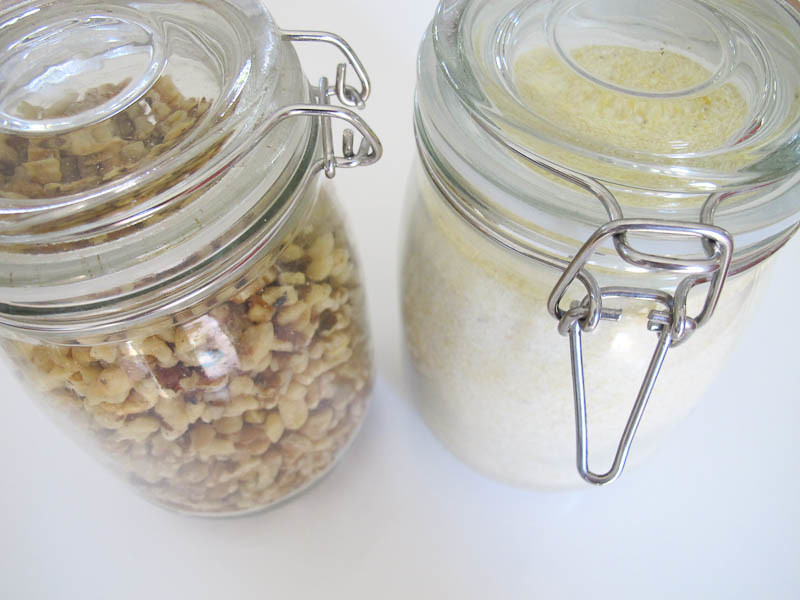

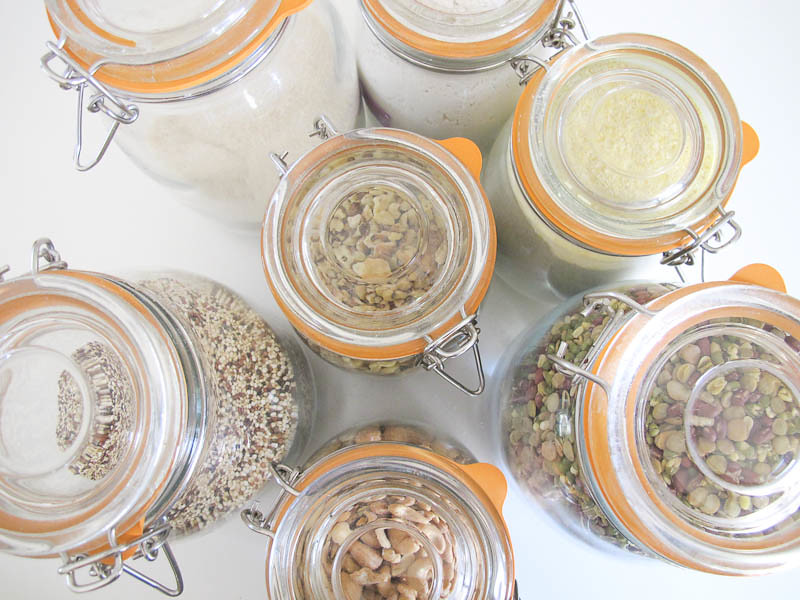
 This has been on heavy rotation around here. I have been making a big batch which is perfect for lunches or a beach day.
salad ingredients:
3 cups cooked brown rice, cooled {love using the cooked, frozen brown rice medley at TJ's if I'm in a rush}
1 cup artichoke hearts, chopped
10 cherry tomatos, chopped
1/2 medium red onion, finely chopped
1/2 red bell pepper, chopped {I like jarred roasted red peppers too}
1/2 cup kalamata olives, chopped
1/2 cup english peas
1/2 cup basil, chopped
1/2 cup parsley,chopped
1/2 cup roasted and chopped almonds
dressing ingredients:
1/4 cup grape seed oil
1/4 cup red wine vinegar
1 minced garlic clove
lemon juice from 1 lemon
1 tsp dijon mustard
1 tbs honey
salt & pepper
Mix together all the salad ingredients in a big bowl. I like putting all the dressing ingredients in a Mason Jar and then giving it a good shake with the lid on. Once the dressing is mixed up add it to the salad & enjoy.
This has been on heavy rotation around here. I have been making a big batch which is perfect for lunches or a beach day.
salad ingredients:
3 cups cooked brown rice, cooled {love using the cooked, frozen brown rice medley at TJ's if I'm in a rush}
1 cup artichoke hearts, chopped
10 cherry tomatos, chopped
1/2 medium red onion, finely chopped
1/2 red bell pepper, chopped {I like jarred roasted red peppers too}
1/2 cup kalamata olives, chopped
1/2 cup english peas
1/2 cup basil, chopped
1/2 cup parsley,chopped
1/2 cup roasted and chopped almonds
dressing ingredients:
1/4 cup grape seed oil
1/4 cup red wine vinegar
1 minced garlic clove
lemon juice from 1 lemon
1 tsp dijon mustard
1 tbs honey
salt & pepper
Mix together all the salad ingredients in a big bowl. I like putting all the dressing ingredients in a Mason Jar and then giving it a good shake with the lid on. Once the dressing is mixed up add it to the salad & enjoy.


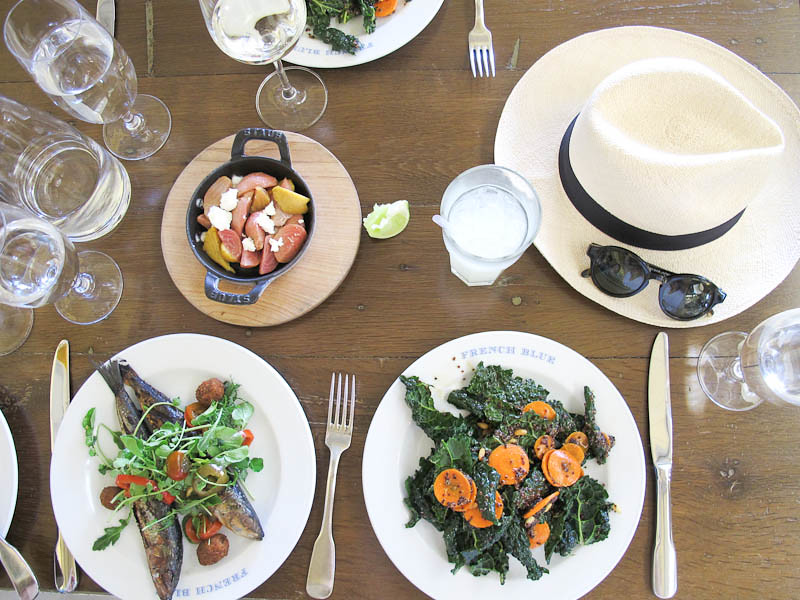

 Just some thoughts that have been keeping my mind occupied. On the tails of a wildly creative, hilarious, life changing weekend {more on that in a sec}. I walked with a dear friend who shared some insight that is rocking my world. She told me that at my age, I am at the apex of my creativity. When she was younger she was overflowing with creative ideas, desires and energy. Now at 67 those thoughts are not as abundant. She has been a mentor of mine {a guiding light} since I was 10. She is a brilliant artist with a bright spirit. Wrapping my head around her creative juices "slowing down" has given me a new perspective on seizing. the. moment.
With that thought in mind I feel so incredibly thankful that I was able to have three days in Yountville to talk about everything from favorite recipes, creating art, favorite poets, growing children, growing herbs and plenty of things totally inappropriate for the world wide web. I have been given a gift of four women whose paths have crossed mine through a cyber web of happenstance.
Just some thoughts that have been keeping my mind occupied. On the tails of a wildly creative, hilarious, life changing weekend {more on that in a sec}. I walked with a dear friend who shared some insight that is rocking my world. She told me that at my age, I am at the apex of my creativity. When she was younger she was overflowing with creative ideas, desires and energy. Now at 67 those thoughts are not as abundant. She has been a mentor of mine {a guiding light} since I was 10. She is a brilliant artist with a bright spirit. Wrapping my head around her creative juices "slowing down" has given me a new perspective on seizing. the. moment.
With that thought in mind I feel so incredibly thankful that I was able to have three days in Yountville to talk about everything from favorite recipes, creating art, favorite poets, growing children, growing herbs and plenty of things totally inappropriate for the world wide web. I have been given a gift of four women whose paths have crossed mine through a cyber web of happenstance. 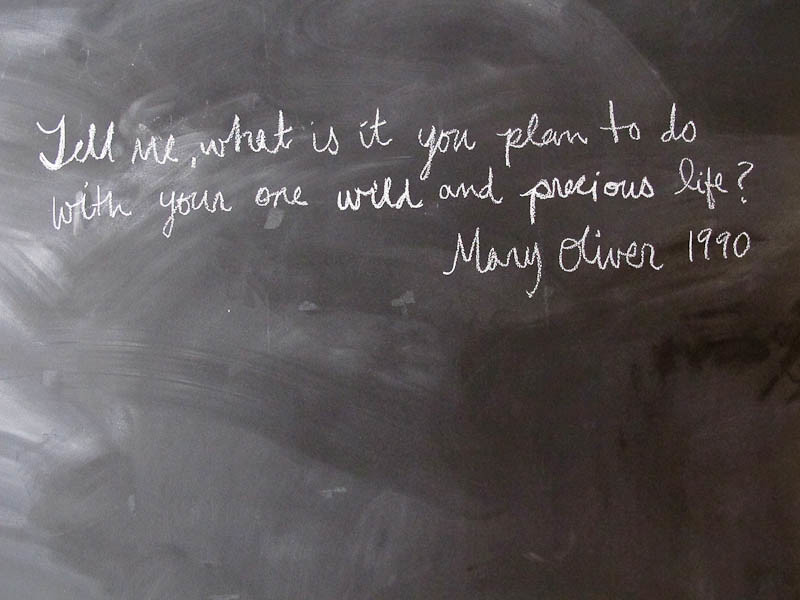
 The best place to start is a good breakfast.
I prefer my oats savory. This was inspired by a close friend who shares my aversion to sweets first thing in the morning.
This is how I do it... I adore the Quick Cook Steel Cut Oats at Trader Joes they are done in just 8 minutes. But if you don't have a TJ's close by you can always make a big batch and heat it up throughout the week. Once the oats are cooked I add chopped cherry tomatoes, fresh parsley, chia seeds, roasted almond slivers, olive oil and
The best place to start is a good breakfast.
I prefer my oats savory. This was inspired by a close friend who shares my aversion to sweets first thing in the morning.
This is how I do it... I adore the Quick Cook Steel Cut Oats at Trader Joes they are done in just 8 minutes. But if you don't have a TJ's close by you can always make a big batch and heat it up throughout the week. Once the oats are cooked I add chopped cherry tomatoes, fresh parsley, chia seeds, roasted almond slivers, olive oil and 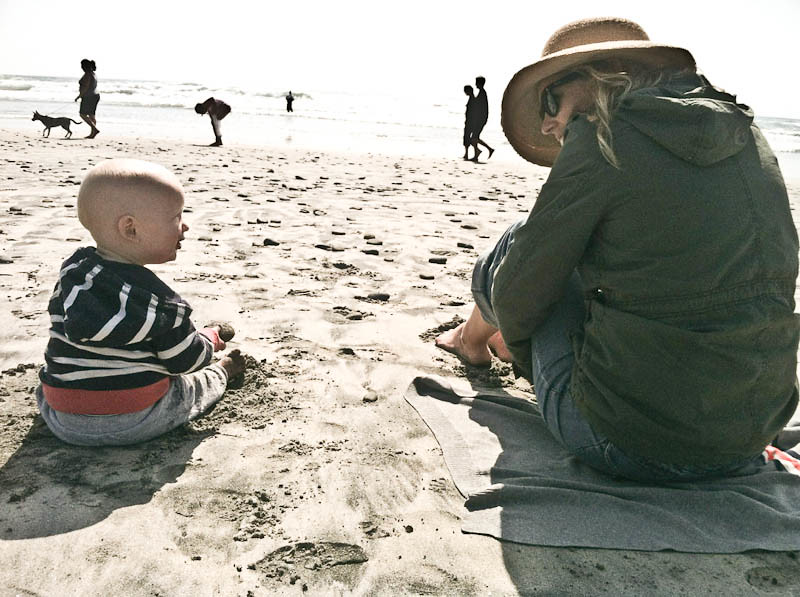 Thank you so much for all of your participation in this past weeks conversation on
Thank you so much for all of your participation in this past weeks conversation on 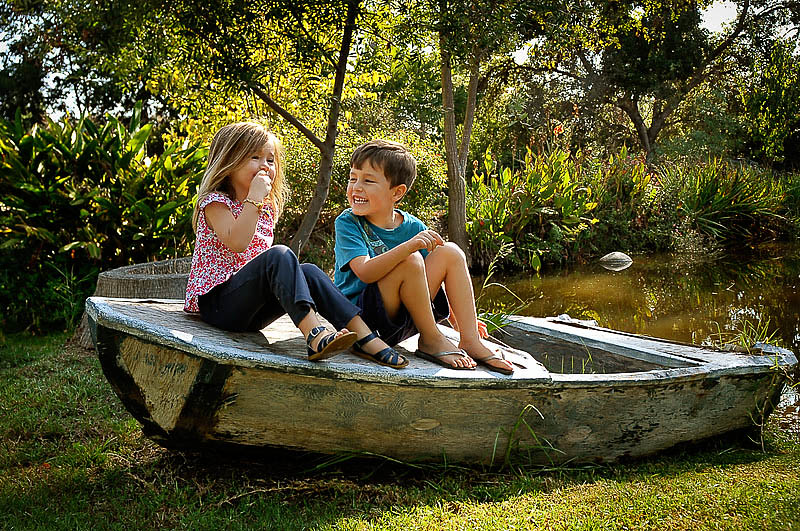 Today is our last chapter, Filtering out the Adult World and Jora from
Today is our last chapter, Filtering out the Adult World and Jora from 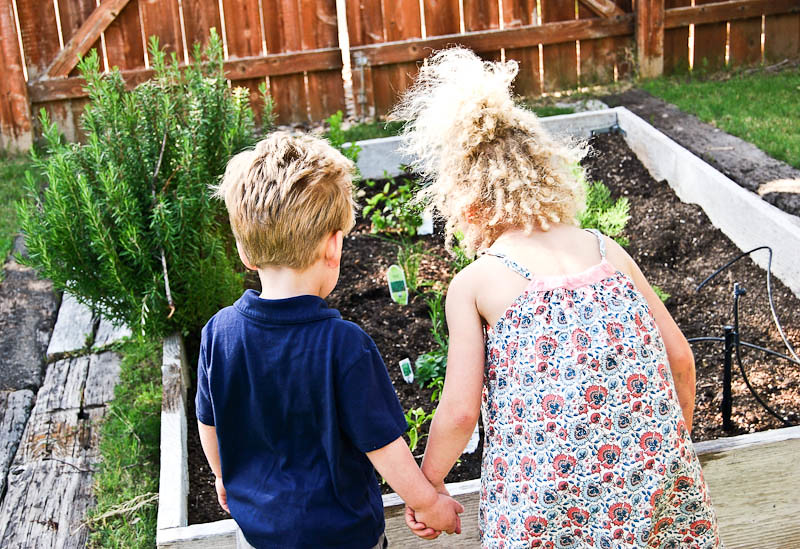 Here we are, day five, Schedules, and my cohost is Erin of
Here we are, day five, Schedules, and my cohost is Erin of  Day four, Rhythm. Today I feel so lucky to have Haydee of
Day four, Rhythm. Today I feel so lucky to have Haydee of 